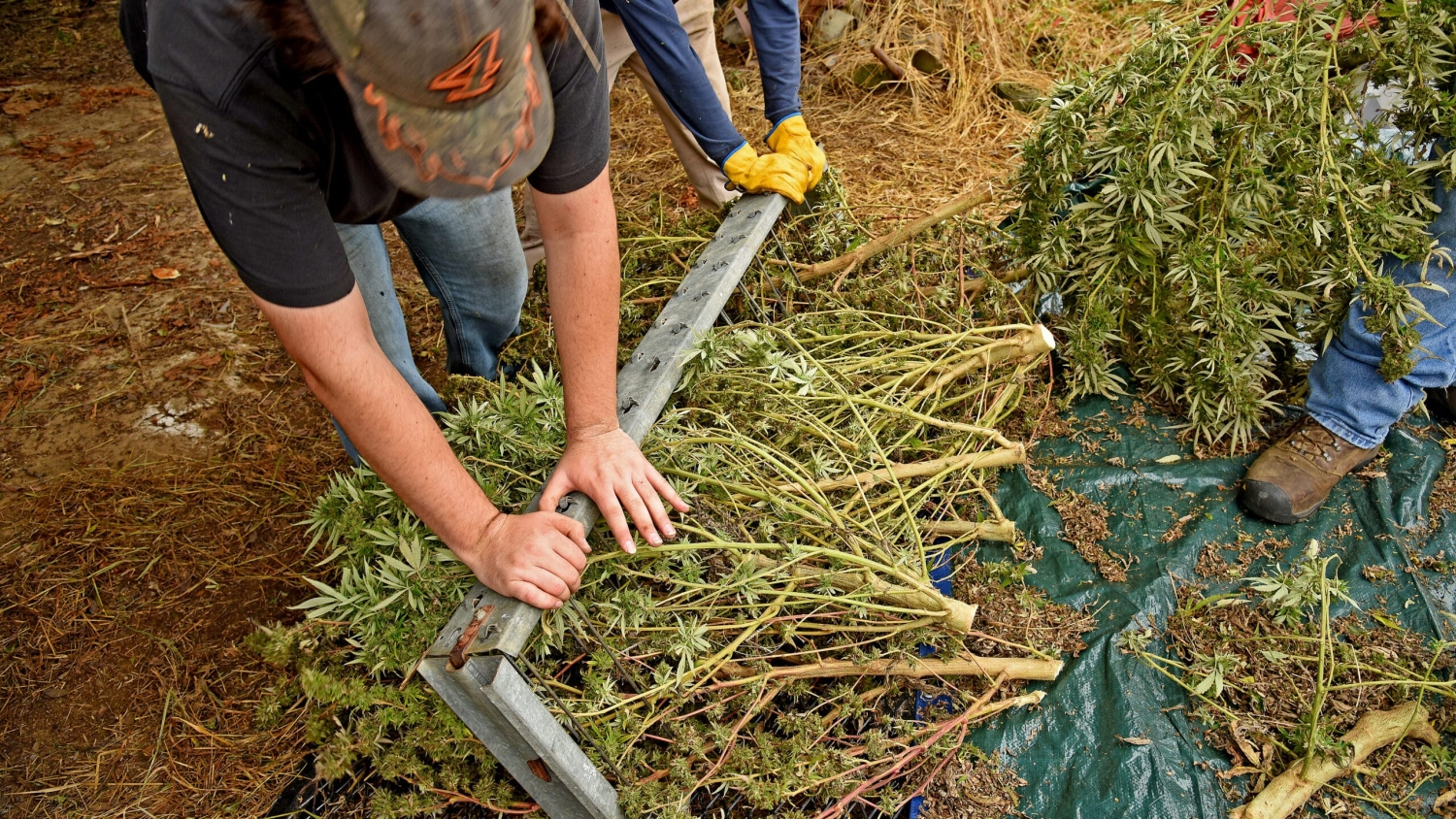Mature Female American Eels Located In Caribbean

CONTACT
Ambar Torres-Molinari | atorre22@alumni.ncsu.edu
Michelle Jewell | majewell@ncsu.edu | 919-515-3766
Researchers from North Carolina State University have found that upstream environments in Puerto Rico are optimal for the production of mature female American eel. This finding reveals an important part of the largely unknown life history of eel and centers the Caribbean as a significant management area for this endangered species.
The American eel is as mysterious as it is vitally important to ecosystems and economies. American eel are found in streams from Canada to South America, but are all one population that spawn in an area of the Atlantic Ocean known as the Sargasso Sea. Once born, young eel migrate to streams to reach adulthood before returning to the Sargasso Sea to mate.
Eel do not have sex organs at birth and will stay undifferentiated until they develop into males or females later in life. It had been hypothesized that eel sex differentiation might be determined by how many eels are nearby – with males developing in areas with high eel density and females developing in areas of low eel density. This new research supports these hypotheses.
Researchers surveyed rivers in Puerto Rico via electrofishing and found a very clear pattern with eels. Short, mostly undifferentiated eel were found in large numbers close to river mouths, whereas long and mature female eel were found in smaller numbers upstream in the headwaters. While most of the eel they found were undifferentiated, the eels that had developed were mostly large females.
“This is significant for Puerto Rico and the Caribbean since this is an area we’ve known that eel go, but very little information is available,” says Ambar Torres-Molinari, lead author of the study and applied ecology alum. “We now know that the upstream environments of Puerto Rico are optimal for producing mature female American eel. This is important since Puerto Rico is so close to the Sargasso Sea, it may be an important source of reproductive female eel for the whole population.”
Not only is the Caribbean close to the spawning grounds of the Sargasso Sea, the relatively small size and diverse topography of islands means that these rivers often pack a lot of biodiversity and elevation changes in much shorter-length rivers. This variable habitat may make Caribbean streams, in particular, more optimal than continental streams for producing large female eel.
However, many of Puerto Rico’s rivers have dams, bridges, and other structures that can stop an eel before it reaches the headwater areas. These blocks in eel migration could create areas of high-density – essentially an eel traffic jam. This may artificially increase eel density and result in more male and undifferentiated eel, but fewer large mature females. These findings highlight how access channels for eel to pass these structures are critical to ensure a spread of eel density and therefore a steady population of mature female eel.
“Managing this declining species is really complex,” says Torres-Molinari. “There is still so much that we don’t know about American eel in the Caribbean, and until we understand their full life history, we need to manage and take care of the parts that we do understand. Our research helps to better inform those management decisions.”
The article, “Patterns in longitudinal distribution of American Eel (Anguilla rostrata) population characteristics in rivers of Puerto Rico” was published on July 18, 2023 in the Journal of Fisheries Management and Ecology. The paper was co-authored by Krishna Pacific, Bonnie Myers, and the late Tom Kwak of NC State, Augustin Engman of the University of Tennessee, and Charles Andrew Dolloff of the US Forest Service. Research was funded by a U.S. Forest Service grant (number: 583548) and Departamento de Recursos Naturales y Ambientales, Gobierno de Puerto Rico grant (Federal contract number: PR-F-F15AF01246).


